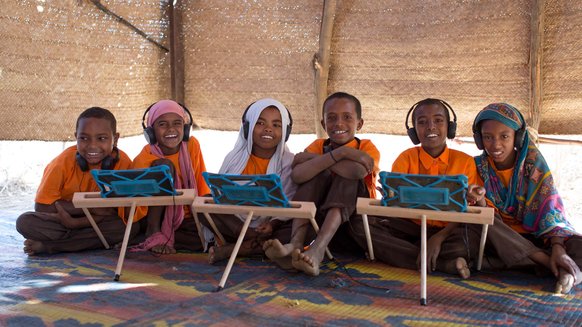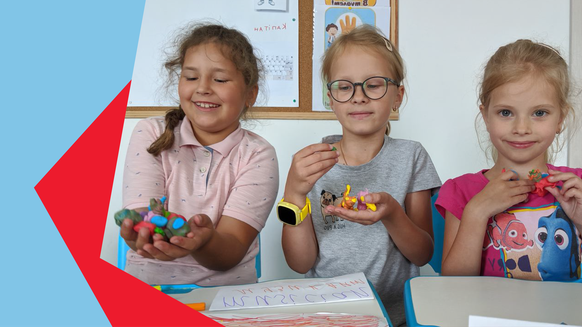365 Days of Resilience: Ukraine War 1-Year On
Feb. 24, 2023
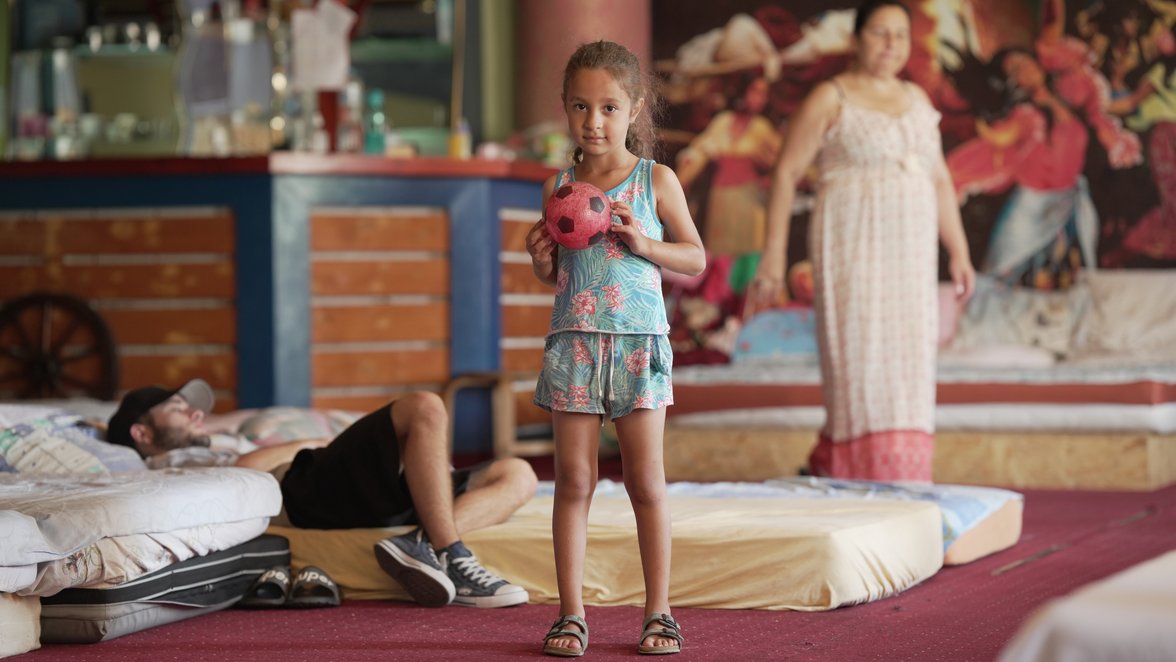
The First Hours of War
Day 1: We turn on our TVs to watch in disbelief as rockets rain down on major cities across Ukraine. Day 2: Officials warn that the war could be the largest in Europe since 1945. Day 5: War Child staff travel to Moldova and Romania to assess the needs of children and families fleeing across the border.
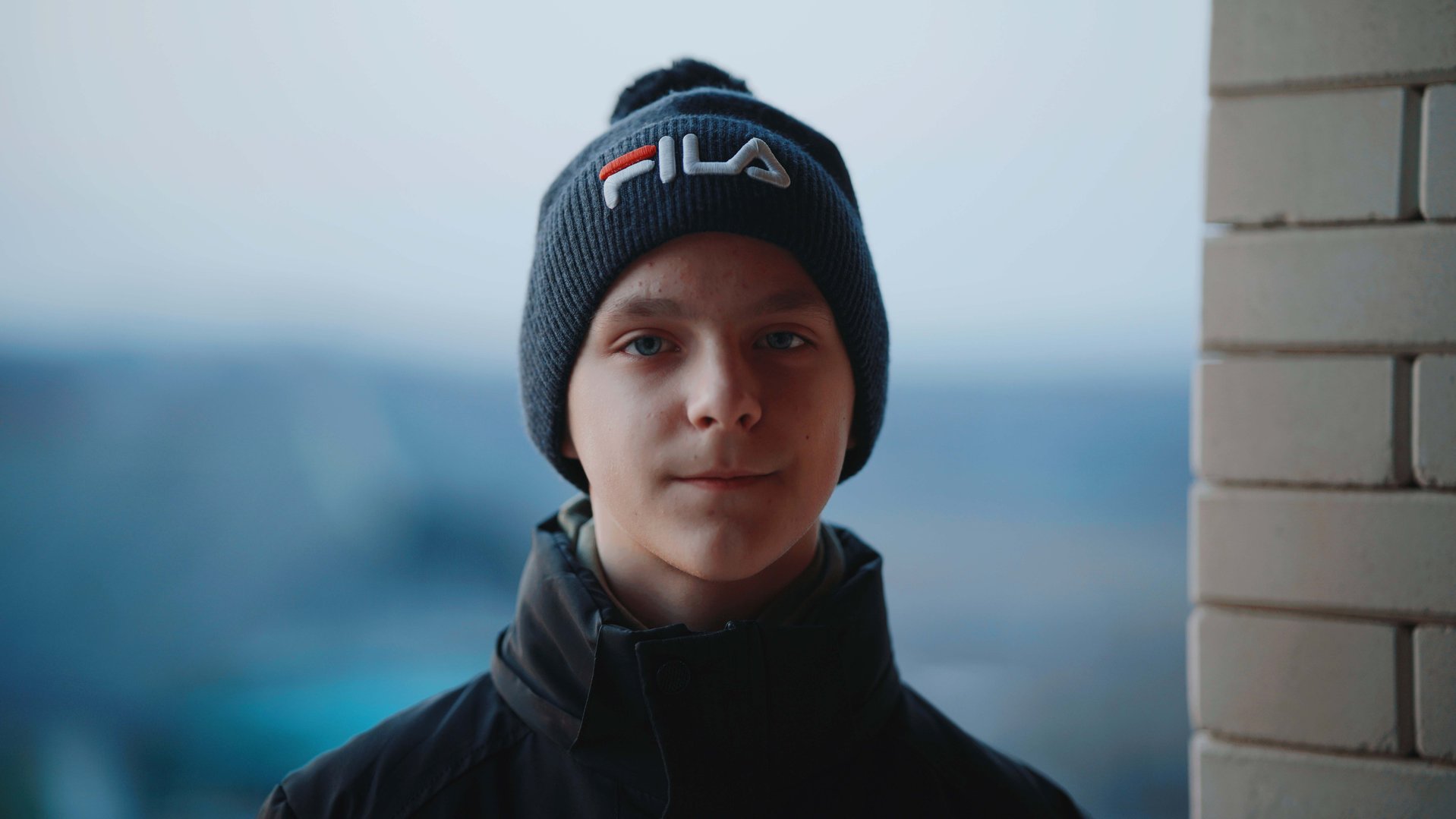
Ihor (15) was one of the first to arrive in Moldova, forced to leave without his father
Photo: Michael Jessurun
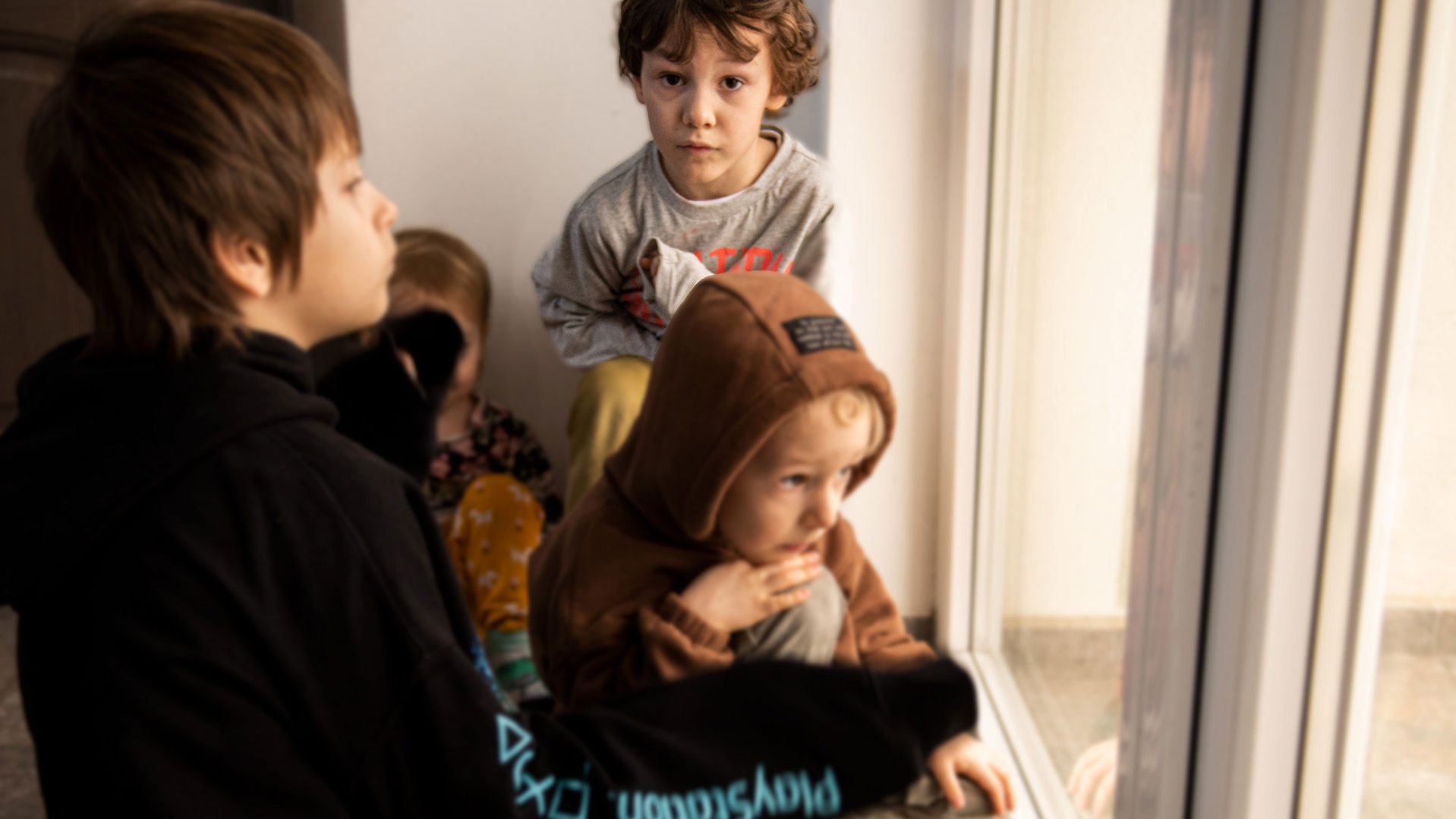
Platon (6) may be safe in the Romanian guesthouse his family ended up in, but it will never replace home
Photo: Michael Jessurun
What we saw then gave a glaring indication of what was to come. By early March, more than 830,000 people had fled Ukraine resulting in an influx of refugees to neighbouring countries - an influx that these countries were simply not equipped to handle.
Psychological Distress
“What we saw in those first days was an enormous need for food, water, shelter - the basic necessities for survival”, says War Child CEO, Ramin Shahzamani. “But also children and families on the move; arriving in temporary homes and shelters displaying all the signs of psychological distress.”
“What we realized: the majority of people receiving these families - even the non-profit and health workers - had never experienced war”, adds Shahzamani. “And so were not equipped to provide this specific type of assistance.”
Supporting Local Organisations
In the weeks that followed, War Child moved quickly, training local organisations in psychological first aid and other psychosocial support practices as well as setting up a number of War Child ‘Safe Spaces’ in Romania, Moldova and other major host countries.
Fast-forward to day 239 - the end of a stifling hot Summer - and Eleonora is welcoming a team of drop-in psychologists who visit the shelter once a week. In a private space, they offer one-to-one counselling for children and parents. Art therapy sessions were also set-up where children can draw and express their emotions.
“In the beginning, when children were drawing, all the drawings were black - black, grey and red”, she recalls. “Now they are drawing in all sorts of colours - since they had the sessions with the psychologist.”
An Evidence-Based Approach
Meanwhile, both in Ukraine but also in Poland, Sweden, Germany and beyond we responded to the urgent needs of internally displaced and refugee children through the roll-out of several evidence-based methods.
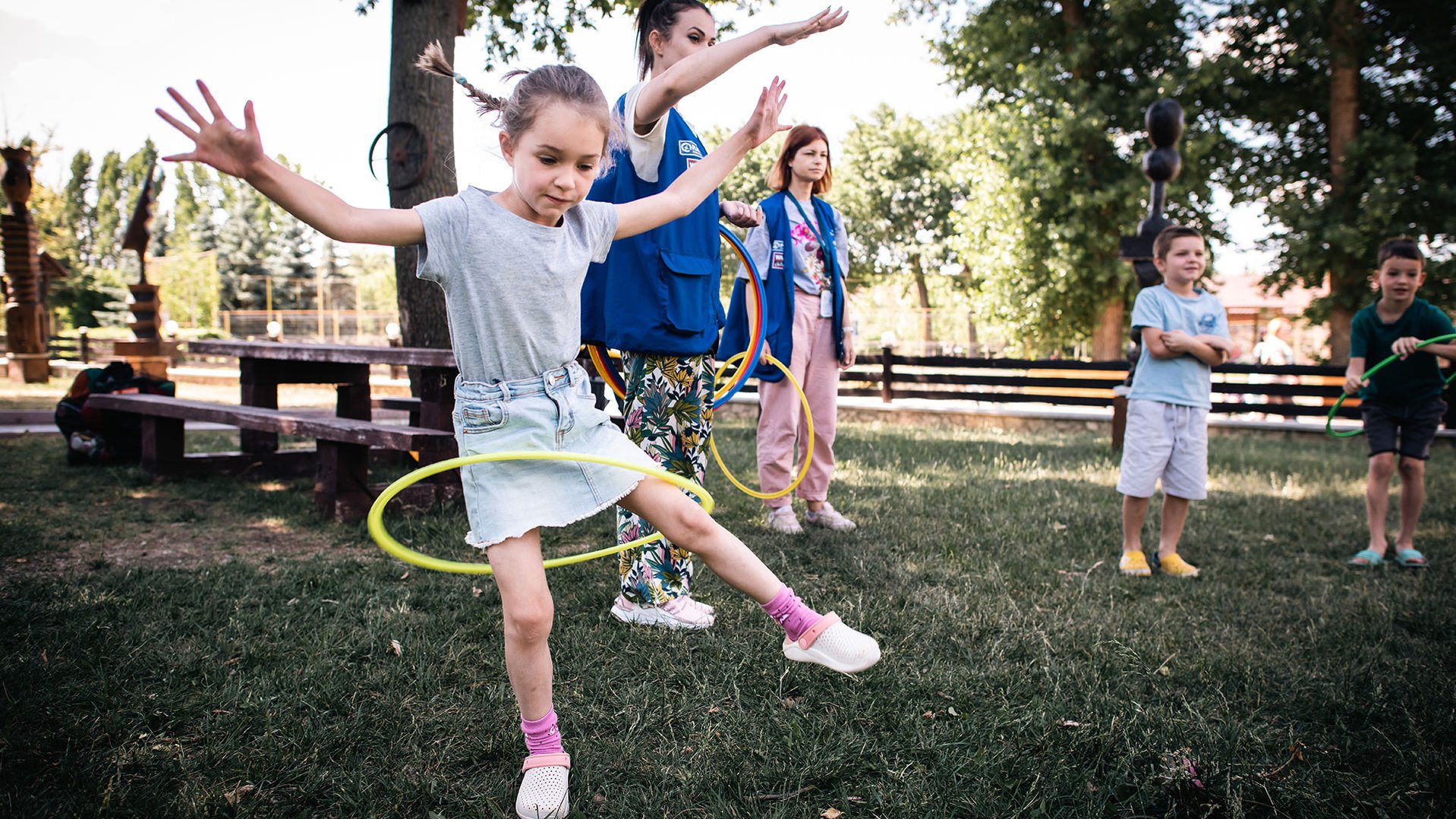
Methods like TeamUp are supported by evidence meaning they have undergone scientific research into their effectiveness to ensure they work for the children they seek to help
Photo: Michael Jessurun
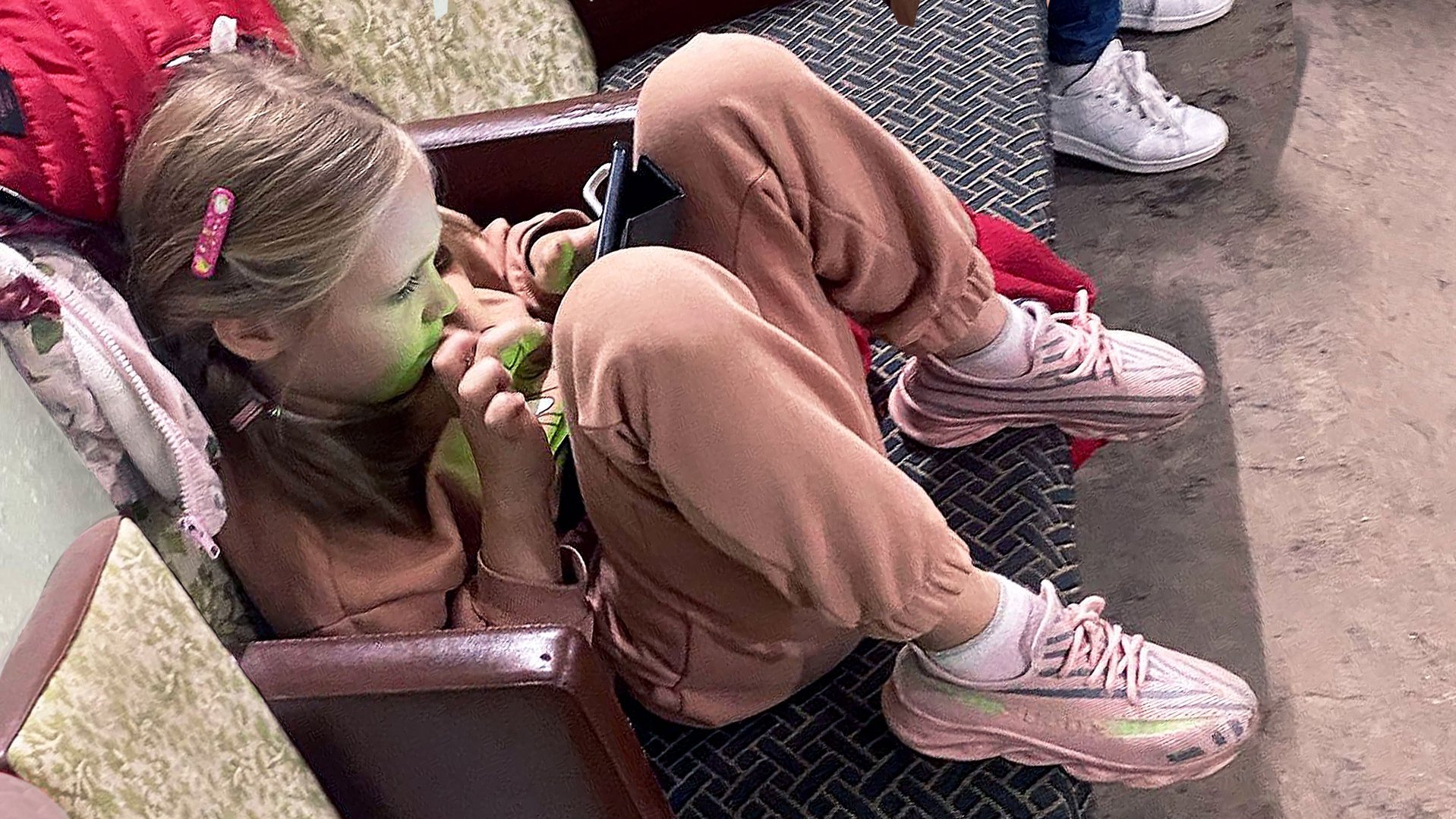
A reminder of children’s innate resilience, this girl avidly plays a Can’t Wait to Learn game from an underground bomb shelter in Kyiv
Photo: War Child
Our play and movement-based intervention, TeamUp was one of them, rolled out in eight refugee host countries. Can’t Wait to Learn - an emergency education app - was another, with some 20,000 children reached to date. Day 284 - one mother watches as her daughter avidly plays the math game in the depths of a subway station during an attack on Kyiv.
Children’s Innate Resilience
“Resilience” is a term we - the humanitarian sector - use a lot. But what does it mean in practice? “Resilience refers to good mental health and developmental outcomes, despite exposure to significant adversity”, says Mark Jordans, Professor of Child and Adolescent Mental Health at the University of Amsterdam and Director of War Child’s Research and Development department. “This is a complex and dynamic process, driven by time- and context-dependent variables.”
Jordans: “War Child’s evidence-based interventions are all designed to contribute to children’s wellbeing and resilience.”
And that’s the thing - our interventions contribute to children’s resilience, but we see it every day - children are innately resilient all by themselves.
Day 365 - 365 days of war, flight, pain, fear, upheaval, loss and all the other hardships that violence brings with it. “Yet, here we are, crowded in cafés, on our laptops, making use of the two hours of electricity before blackout”, says Oleksandra Yarova, Communications Officer for our Emergency Response and a Ukrainian herself. “Here we are, responding to the air raid sirens like a classroom fire drill; families moving calmly, hand-in-hand to the bomb shelters amidst the deafening sounds of artillery bombardment...
“This is the true meaning of resilience.”
At the time of writing, 461 children have been killed and 927 injured since the war began. For all the latest on our Ukraine Response, visit this page.
